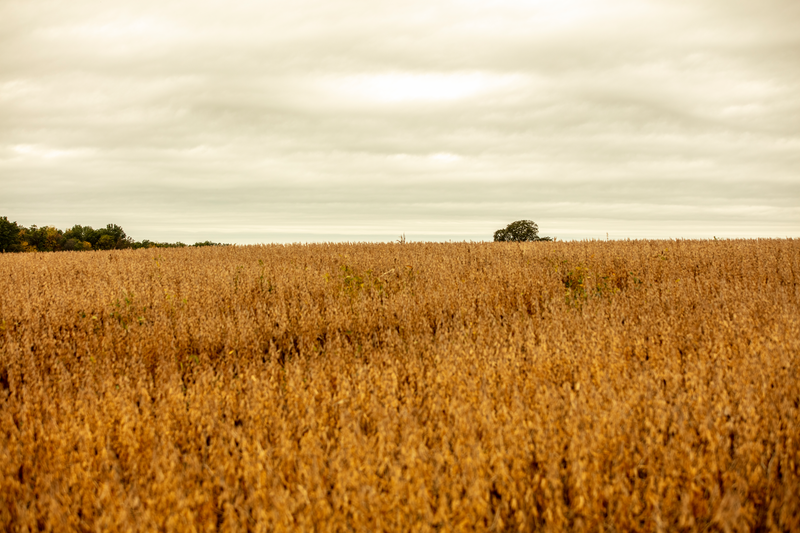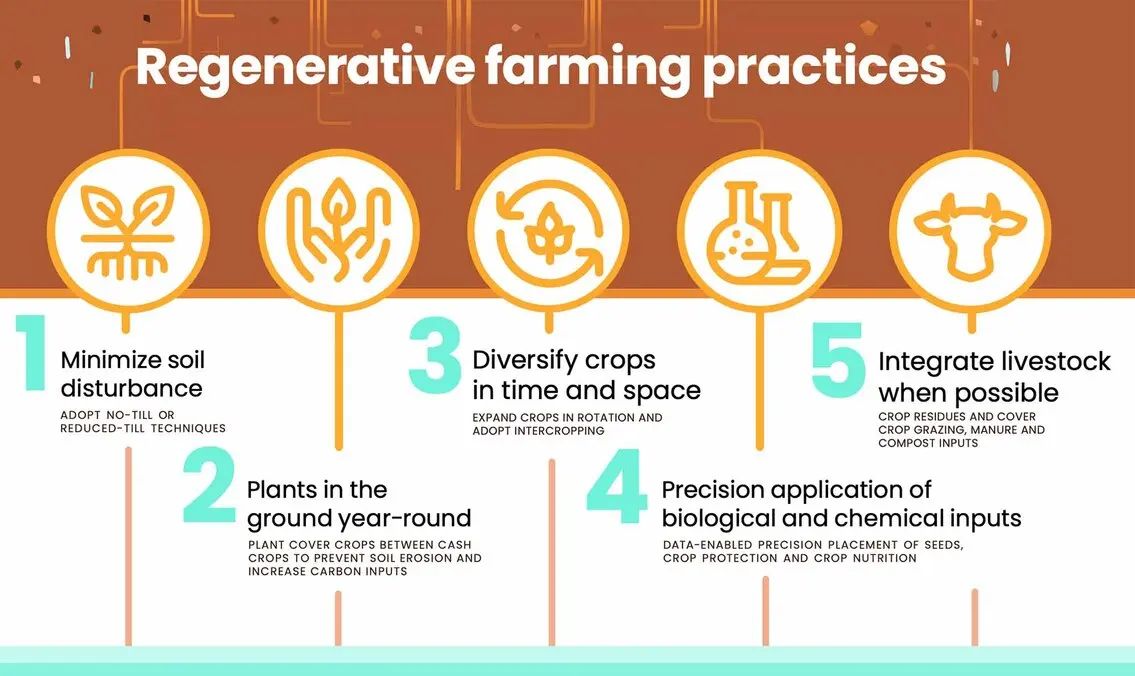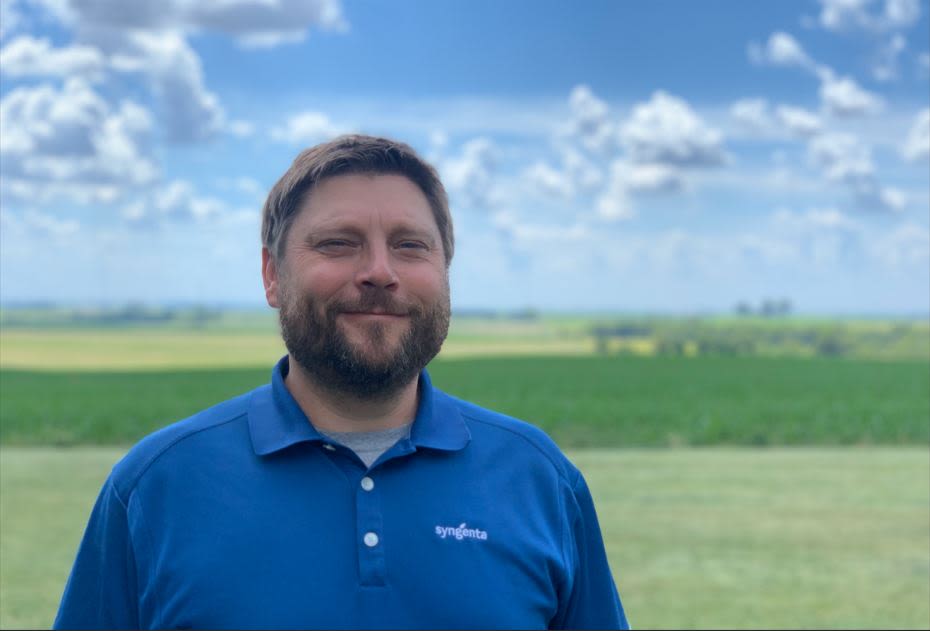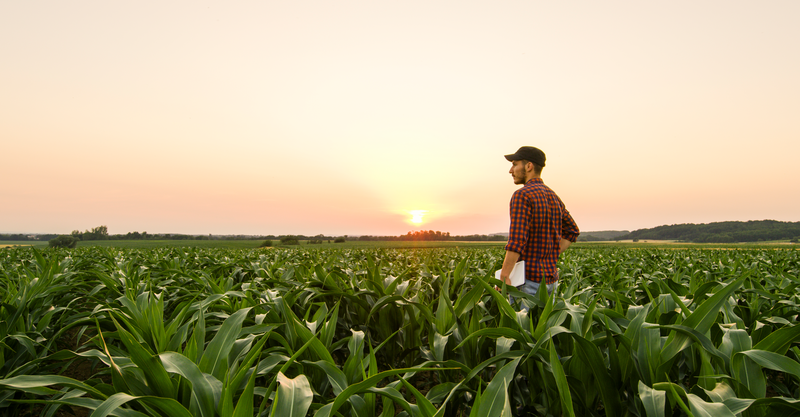Embedding regenerative agriculture practices into seed production sites
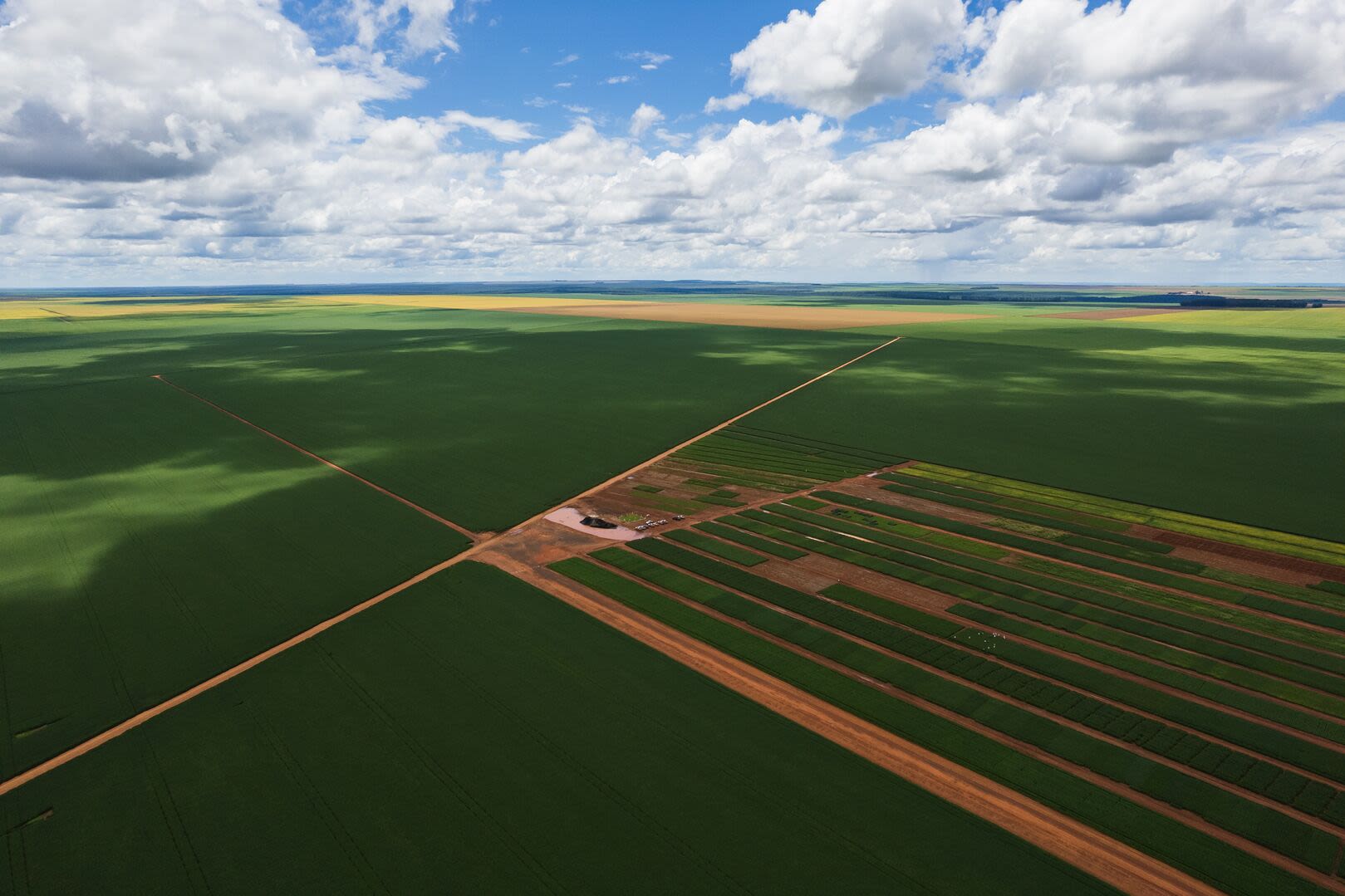
Today’s crops are highly sophisticated, grown from seeds expertly designed to deliver higher yields and offer greater disease resistance for ever-changing and challenging environments.
Producing billions of reliable field crop seeds for farmers worldwide is a colossal operation for Syngenta, involving contract partnerships with 110,000 farmers across 19 countries.
Traditionally, seed production followed conventional farming practices that can have a significant environmental impact, such as soil degradation from extensive tillage and reduced biodiversity from monocropping, in addition to contributing to greenhouse gas emissions.
Syngenta seed production sites around the world are introducing regenerative agriculture principles, such as min-till.
Syngenta seed production sites around the world are introducing regenerative agriculture principles, such as min-till.
But what if the process of seed production could become more environmentally friendly and work with nature to restore the environment? This transformation is already underway as Syngenta sites around the world from Europe to Brazil begin introducing regenerative agriculture principles.
In the US, thousands of acres of land are used for corn and soybean seed production – and here too, regenerative principles are beginning to take root.
Regenerative principles
Regenerative agriculture is a system that nurtures and restores soil health, protects the climate and water resources and biodiversity, and enhances farms' productivity and profitability. It centers on five key principles: minimizing soil disturbance, keeping plants in the ground year-round with cover cropping, adopting intercropping, incorporating livestock where possible and finally, using precise application of biological and chemical inputs.
Minimizing tillage and keeping plants in the ground year-round helps boost soil health and its productivity as the soil can store nutrients more effectively. The use of intercropping, or planting two different crops in the same field, can strengthen biodiversity and precise application of biological or chemical inputs keeps yields high and crops disease-free. All of this is good for the environment and for farmers, increasing their soil’s productivity while protecting the soil at the same time.
The scale of Syngenta’s seed production operations highlights the impact these principles can have. With all field crop seeds production hectares under regenerative principles this would be equivalent to an area roughly the size of 400,000 soccer fields, all with improved sustainability, biodiversity, yield and soil quality.
Syngenta’s original target was to use one of these regenerative principles in 85 percent of all seed production by 2030. This target has already been achieved, with 89 percent of global production hectares worldwide making use of at least one of these five regenerative principles.

Scaling up sustainable corn seed in USA
“Corn seed production is a little different from growing crops. In a farmer’s field all the crops will be genetically identical but in a production field we have rows of male plants and rows of female plants,” says Tyson Walters, Seeds Procurement and Tolling Manager, Syngenta US.
Tyson Walters, Seeds Procurement and Tolling Manager, Syngenta US.
Tyson Walters, Seeds Procurement and Tolling Manager, Syngenta US.
The reason for this is for cross pollination - male plants are needed to cross pollinate with the females to produce the corn hybrid seed that can be sold commercially to farmers.
Once the male rows have done their job, they are surplus to requirements. “We go in and cut them out,” says Walters. But here’s the problem. By taking out these rows, gaps are left behind that then exposes soil to the elements, risking erosion or dust storms.
“In 2018, one of our farmers and our agronomists came up with the idea to fill these gaps with cereal rye. Before long, 70 percent of our corn seed acres were using cover crops.”
Seed corn being harvested in a field that was inter-seeded with cover crops.
Seed corn being harvested in a field that was inter-seeded with cover crops.
The move toward cover cropping wasn't just good for the environment, but the farmers too. “Our farmers loved it,” says Walters. “We were reducing erosion for them and at the same time helping the soil hold nitrogen. A lot of nutrient loss was being held back too because it wasn’t being leached out of the soil – by using a cover crop you can hold it there for the next crop to come through.”
However, it’s not a one-size-fits-all approach: implementation varies based on regional agronomics and crop-specific needs. Introducing the right regenerative practice to each site means partnering with farmers – sharing the right knowledge and introducing the right practices for their individual conditions.
This flexibility has allowed farmers to discover additional advantages. Some who also raised cattle began fencing off harvested fields to allow grazing, reducing hay costs while naturally fertilizing the soil with organic matter.
This knowledge sharing and practice adoption quickly scaled up. For corn seed production in the US alone, this means 25,000 acres using cover cropping - a powerful example of collaborative partnership creating significant positive impact.
Precision resources
The team continues expanding their sustainable approach. Walters says: “We want to partner with the farmers to apply fertilizer precisely when the corn needs it – keeping the nutrients there for the plants rather than losing it through run-off.”
Water conservation too provides an opportunity for data-driven sustainability. “We also partnered with farmers to install moisture sensors in irrigated fields; we cover half their costs for the sensor and capture the data.”
The results have been dramatic. Farmers irrigate four or five times less than they would without sensor data. Not only does this help corn farmers control their costs but significantly reduces pressure on vital aquifers during drought periods—a win for both farm economics and environmental stewardship.
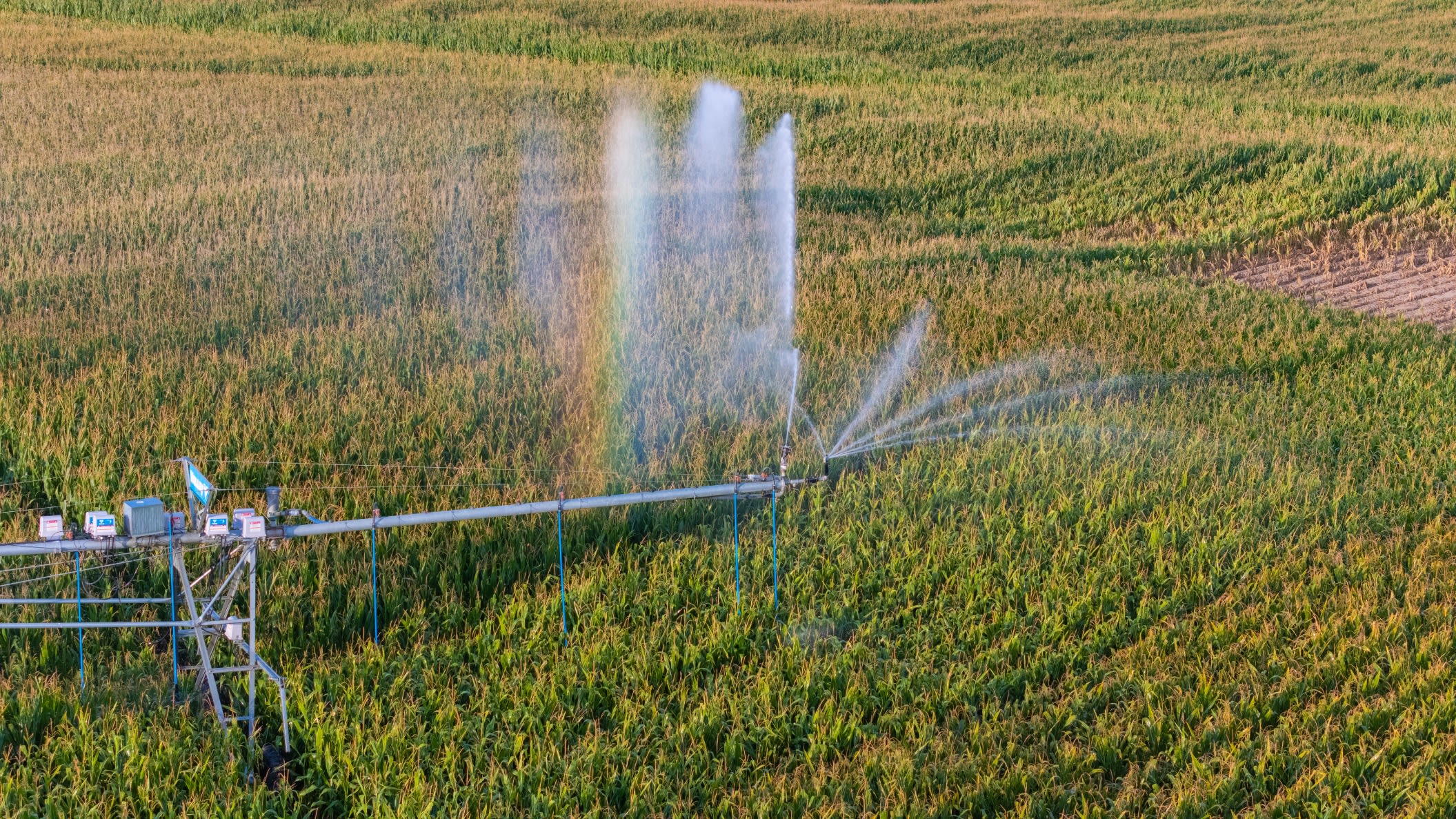
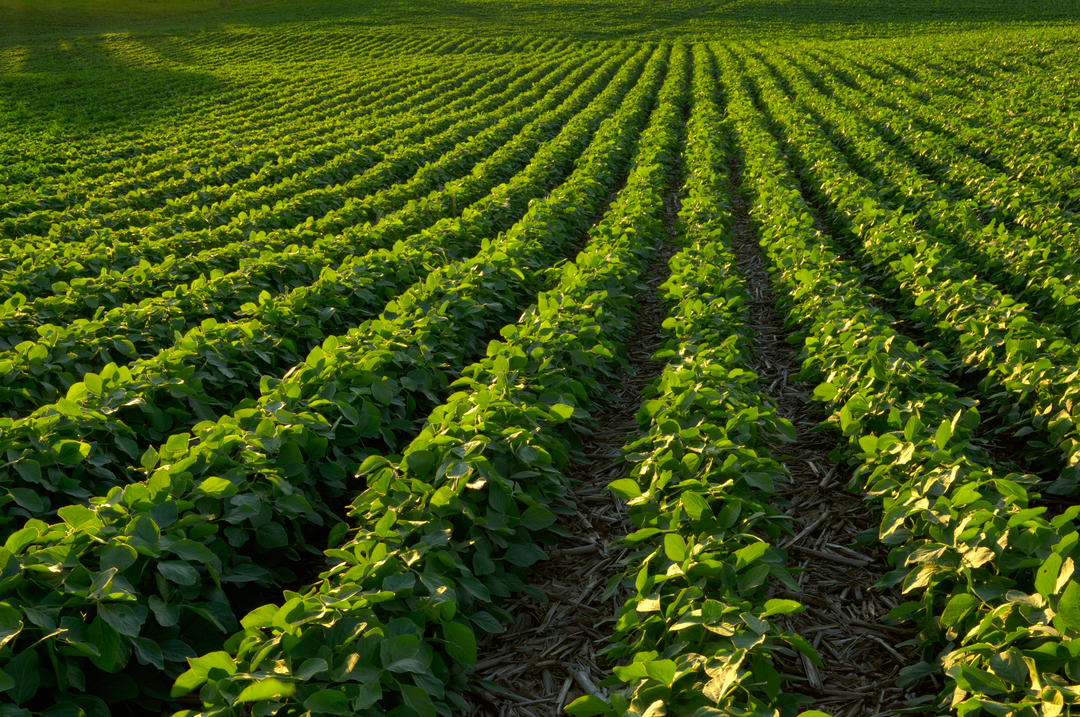
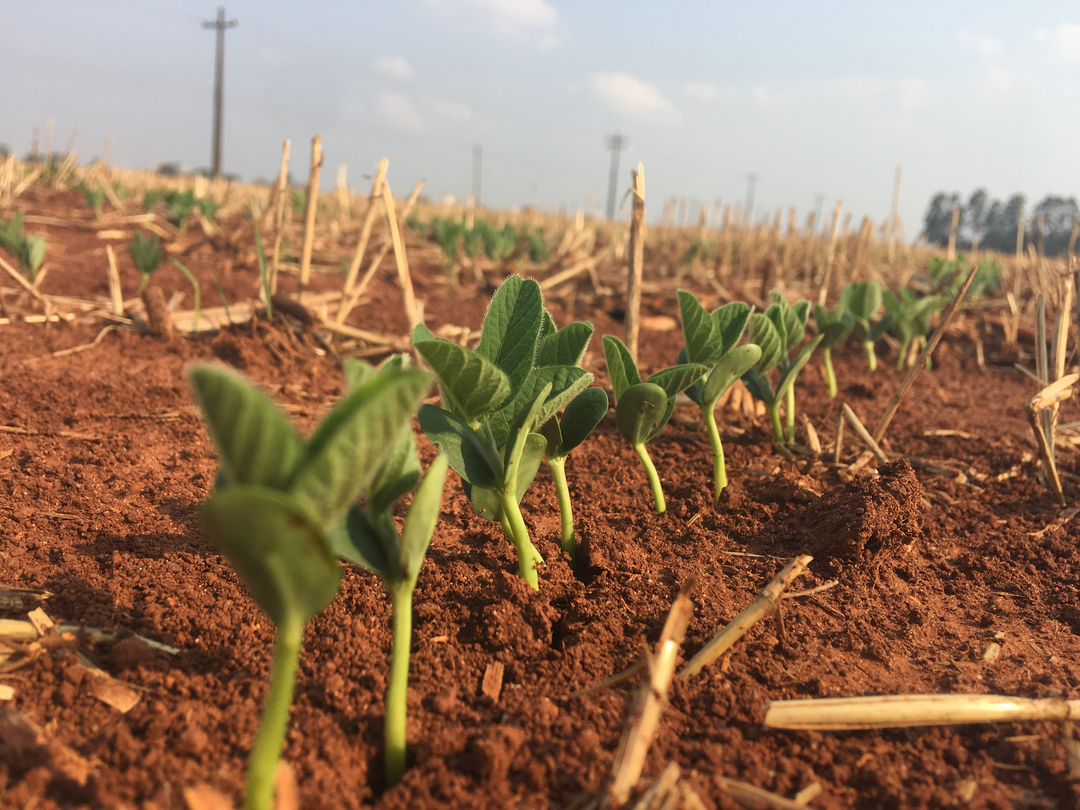
Approach for soybean seeds
Soybean seed production presents different challenges than corn, requiring tailored regenerative approaches.
Kurtis Dop, Seed Production Agronomist, Soybeans, Syngenta US, explains: “Corn seed production is more suited to cover cropping because of the shorter growing season. For soybeans, no-till or minimum till farming provides the greatest benefits.”
While the principle might be different, no-till shares some of the advantages of cover cropping: reduced soil erosion, improved water retention, lower operating costs, and increased soil organic matter as plants decay naturally—all contributing to long-term soil productivity.
But as Dop explains, introducing this new way of working isn’t without its challenges. “You have to manage the change factor – it's a new way of working and sometimes farmers can be overwhelmed with choices.”
The solution for Dop and other soybean agronomists was to take things step by step.
“We’re giving our partners a nudge – offering new perspectives and encouraging them to investigate these approaches. We don’t expect them to go from no regenerative principles to trying to do everything at once.”
Dop credits the strong relationships that have been built between Syngenta agronomists and partner farmers in helping instigate a step-change in how soybean seeds are produced. This approach has yielded impressive results – just as with the corn seed production.
“Across 178,500 acres, we have 53,500 with no-till practices applied to them, and a further 50,000 using minimum tillage,” Dop says. This amounts to more than 150 square miles of land – about half the land area of New York City – using regenerative tilling practices.
Future plans
In the coming year, there will be a new pilot program for soybean seed producers. Covering 5,905 acres, the pilot scheme will offer farmers using regenerative principles access to Syngenta crop protection tools and a financial payout in cases of bad weather impacting the quality of their crop.
The aim of the pilot program is to show farmers that embedding sustainable operations isn't an economic risk for their business.
The aim of the pilot program is to show farmers that embedding sustainable operations isn't an economic risk for their business.
Dop says that the aim is to show farmers that sustainable operations aren’t an economic risk. “We want to show that partnering with [Syngenta] Seeds and Crop Protection brings in new practices that can really help farmers by improving soil health, reducing input costs and building resilience against extreme weather.”
As climate pressures intensify and soil health becomes increasingly critical, introducing regenerative approaches to seed production demonstrates how agriculture can be part of the solution—producing the seeds that feed the world while helping to heal it.

